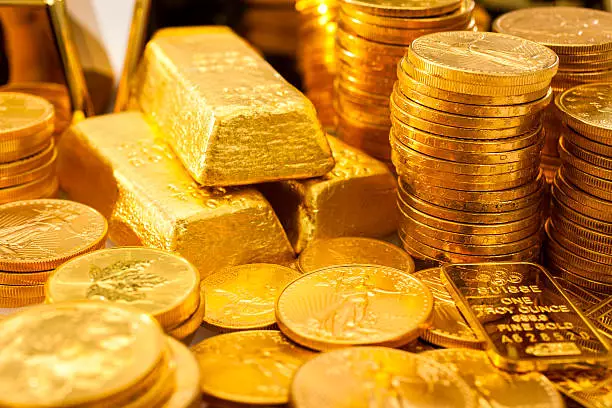Gold prices have recently skyrocketed past the $2700 per ounce mark, driven by a complex interplay of anticipated global interest rate cuts and mounting geopolitical tensions, particularly in the Middle East. This remarkable ascension in the gold market reflects deeper underlying factors that continue to influence investor sentiment and trading strategies. The potential involvement of geopolitical strife, especially concerning nations like Israel and Iran, serves to amplify gold’s allure as a safe haven asset, a sentiment echoed by promising forecasts such as the London Bullion Market Association’s prediction of prices reaching $2941 in the next 12 months.
The Implications of Geopolitical Tensions on Gold Prices
The international scene has become increasingly charged, with significant events—such as the targeted assassination of Hamas leaders—fueling fears of a wider conflict in the Middle East. As the situation escalates, investors tend to flock toward gold, a time-tested hedge against uncertainty and instability. The geopolitical landscape introduces a protective dimension for gold, which remains resilient even in the face of a strengthening dollar. The correlation between rising geopolitical risk and gold appreciation suggests that, while economic indicators may signal fluctuations, the safe-haven appeal of gold can remain strong amidst crises.
Recent economic data from across the globe, coupled with the impending meetings of institutions like the European Central Bank, have significantly increased expectations of interest rate cuts. Lower interest rates generally dilute the opportunity cost of holding gold, which yields no interest. Thus, the prevailing economic context becomes pivotal in supporting gold’s price trajectory. As global economies wobble under various pressures, investor confidence in traditional equities may weaken, leading to a reallocation of funds into gold, further propelling its price upward.
Another critical aspect of the economic backdrop is the condition of the U.S. economy. Recent disappointing housing data had initially raised doubts about the dollar’s strength, validating the bullish case for gold despite the assumptions about a possible overbought market. With inflation concerns and the likelihood of economic slowdowns in mind, many remain convinced that the appeal of precious metals will only increase as rate cuts become a reality in various global markets.
From a technical analysis perspective, the current state of gold poses both opportunities and concerns. The Relative Strength Index (RSI) readings indicate that gold is trending in overbought territory on several charts, including the four-hour, daily, and weekly analyses—conditions that typically signal a potential market correction. At the same time, as some investors might decide to lock in profits ahead of the weekend, the drawdown potential is counterbalanced by the geopolitical climate, suggesting that risks remain asymmetric. Notably, immediate price support rests at around $2700, which could act as a buffer against potential pullbacks, with further support levels at $2685 and $2673.
Meanwhile, bullish momentum continues to face resistance, with immediate targets at prices nearing $2717 and upward projections focusing on $2725 and $2750. These technical barriers illustrate the ongoing tug-of-war in the gold market, reflecting both buying pressures grounded in safe-haven dynamics and profit-taking tendencies from those who have capitalized on the upward trend.
Looking Ahead: The Broader Picture and Future Considerations
As we navigate through these turbulent times, eyes remain fixed on the unfolding U.S. election cycle and what it may mean for economic policies moving forward. Uncertainty surrounding the next presidential term, combined with ongoing global tensions, suggests that the appeal for gold is likely to remain robust. Observing the intricate web of factors influencing gold prices provides valuable insights for investors weighing options in these unpredictable markets.
The current surge in gold prices encapsulates a multifaceted narrative driven by external geopolitical pressures, internal economic indicators, and technical trading patterns. As traders and investors continue to respond to fluctuations in the global landscape, gold is likely to remain a focal point of strategy, offering refuge amidst the chaos while allowing for potential gains as the scenario evolves.

